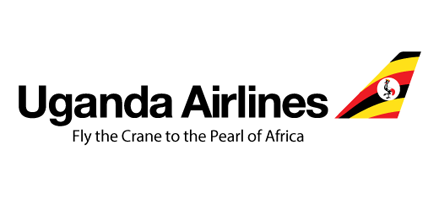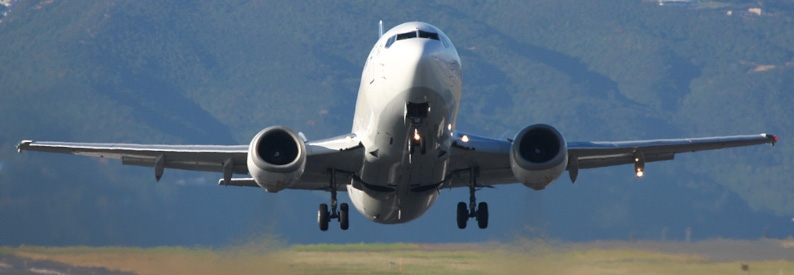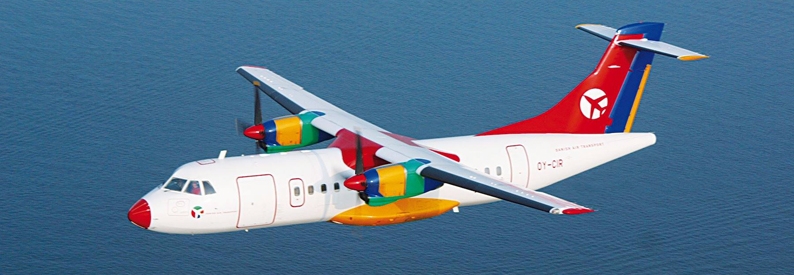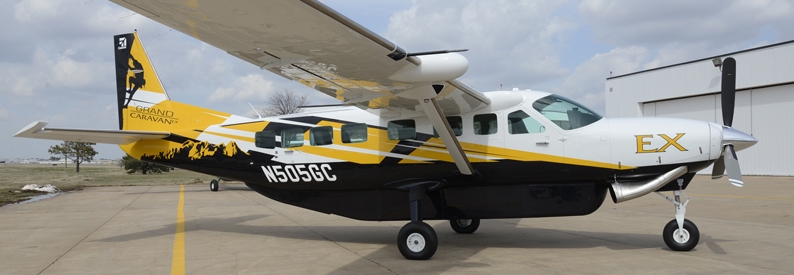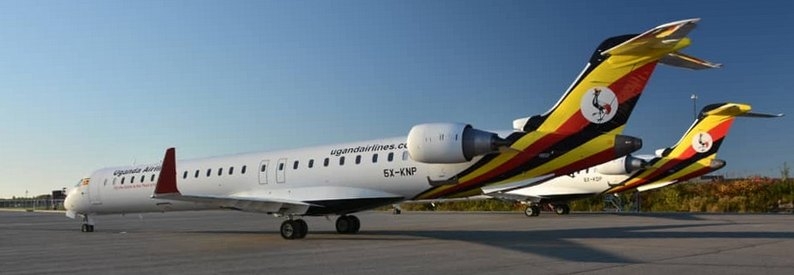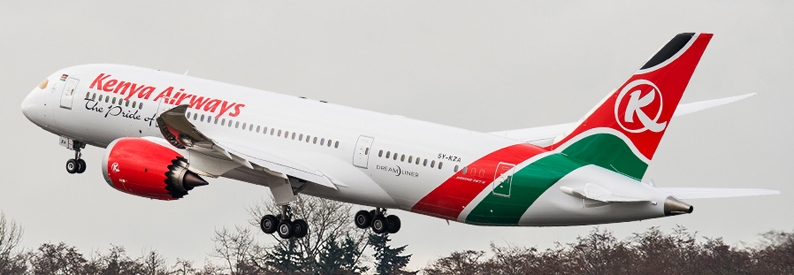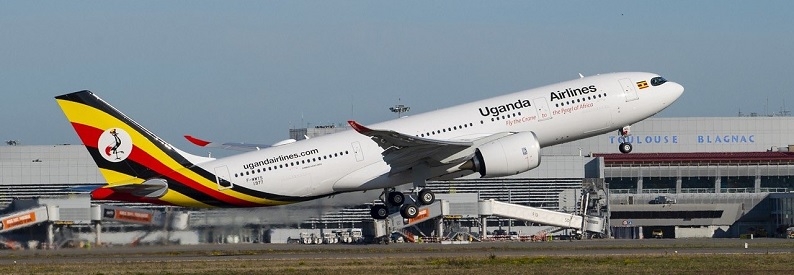Uganda Airlines (UR, Entebbe) has outlined its proposed route network as its launch plans gather pace. According to the state-owned start-up, initial routes will cover Entebbe to each of Lusaka (Zambia), Khartoum (Sudan), Bujumbura (Burundi), and Kinshasa N'Djili (Democratic Republic of Congo) with Accra (Ghana) and Johannesburg O.R. Tambo (South Africa) to follow thereafter.
Operations will be on-board a pair of CRJ900s.
Sources familiar with events told The East African newspaper that delivery of the jets from Bombardier Aerospace, due to have taken place in late February, has now been revised given the need to source financing locally rather than abroad. As such, the first aircraft is now set to be handed over on March 18 while the second will follow ten days later.
“Take it from me that we shall be ready to receive the aircraft at the end of March,” Uganda Minister for Works and Transport, Monica Azuba, said in a statement.
In addition, the start-up has sought to defer delivery of its two A330-800s from early 2020 to December 2022.
However, president Yoweri Museveni has reportedly told management that the CRJs must arrive no later than month-end and that Uganda Airlines must launch by the end of June.
In addition, he has also said he wants the Airbus widebodies to deliver by no later than December 2020 regardless of whether the airline is ready for long-haul operations or not.
Such a delay would allow Uganda Airlines enough time to nurture regional feeder traffic and obtain the requisite international permits thus avoiding an Air Tanzania-like scenario wherein its B787-8 and A220-300 have been restricted to low-yield domestic and short-haul regional routes despite having been delivered nearly 12 and 4 months ago respectively.
In terms of financing, Minister of State for Planning, David Bahati, recently told parliament that UGX280 billion Ugandan shillings (USD75.6 million) was needed for the purchase of the two CRJ-900s. Funds are to be drawn from the renewal of South African mobile network operator MTN's licence, which Museveni had set at USD100 million, and from capital gains tax on proceeds from the country's Petroleum Fund.
Given looming delivery dates for the CRJs, the report said Ugandan Treasury officials were now looking at taking on bridging finance from one of the country's small local banks at commercial rates ranging between 9 to 10%. However, this would be double the 5% rate on loans the airline's business plan had originally anticipated.
Sources also told the paper that Museveni had walked away from an earlier AfrExim Bank proposal to provide bridging finance at a rate of 5.6% per annum on the grounds that he was alarmed by the frequent shifting of goalposts by finance officials. This he said, was slowly moving Uganda Airlines towards expensive financing terms.
Other offers had also come in, some for as low as 2.8% p/a, but which needed vetting by the Financial Intelligence Authority (FIA).
